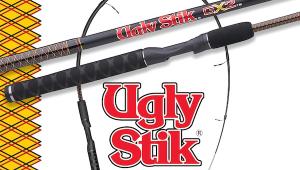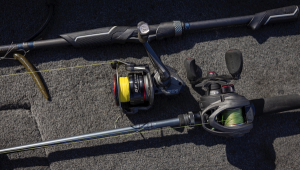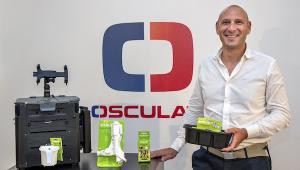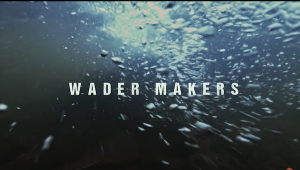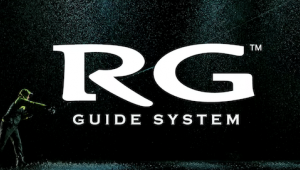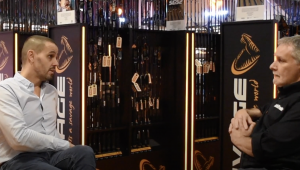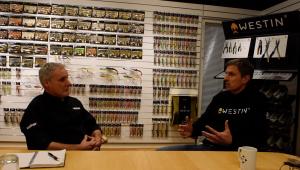Patented technology aims to enhance lure design
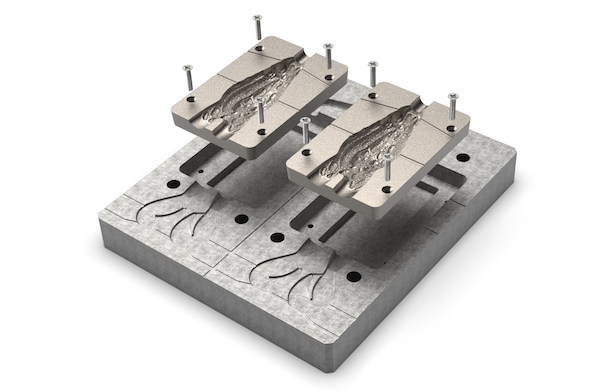
The founder of a 3D tech company has received a utility patent for his approach to manufacturing soft plastic lures using metal 3D-printed dies.
Now Philip Jones and his 3D Tech Innovations business are looking for lure manufactures worldwide who would be interested in gaining a licence for this technology.
Philip, who has designed over 200 different products for 6th Sense Fishing, Googan Squad, Z-Man Fishing Products, Bass Mafia and others, believes that usage of his offerings will make the development of new lures more efficient, less costly and more customisable.
He explained: “By using metal 3D-printed dies for the creation of the lure cavities in the moulds, we cut the design and development time down substantially.
“Whether you’re developing prototypes for a new product or making alterations to an existing one, manufacturing a mould with 3D-printed mould dies will save time and money.
“With our proprietary design process we are able to capture details, such as 3D scales or other patterns found in nature, in soft plastic fishing lures that are difficult, costly or impossible to replicate with other manufacturing techniques.
“All of this is possible without sacrificing precision or functionality from the traditional CNC mould manufacturing process. Furthermore, it allows for the reduction of CNC programming hours and machine run time.”
Traditional fixed lure moulds can be difficult to modify or replace yet this new method allows for quick swapping of modular dies, enabling efficient batch production of different lure styles and sizes.
That alone makes it cost-effective and valuable but Philip also stressed that the three-dimensional nature of 3D printing means that lure designs will no longer be limited to the three-axis or five-axis limitations of CNC machines.
By eliminating these restrictions of CNC manufacturing and leveraging the advantages of additive manufacturing, the opportunities for new lure shapes and categories expand immensely.
He added: “This will allow for the ability to produce lure shapes with deep undercuts, features off the mould parting line and printed in place fixtures that create hook slots or hollow cavities in soft plastic fishing lures.”
While this will have applications for the small-scale mould builder, Philip sees it as something to be applied at scale to large, 20-plus cavity lure moulds, making the design process, the modification process and production itself far more efficient, which in turn will allow for faster time to market and higher quality product. In a hypercompetitive fishing market, that’s critical.
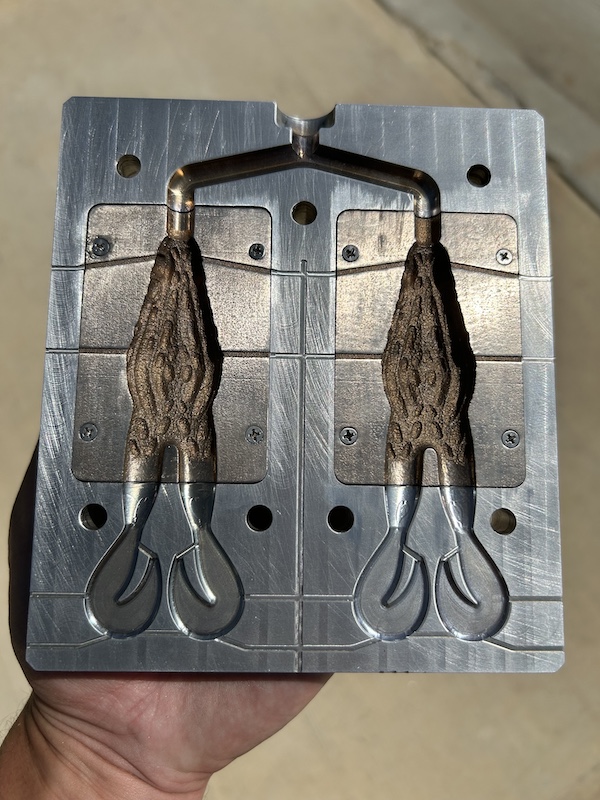
- Log in or register to post comments

